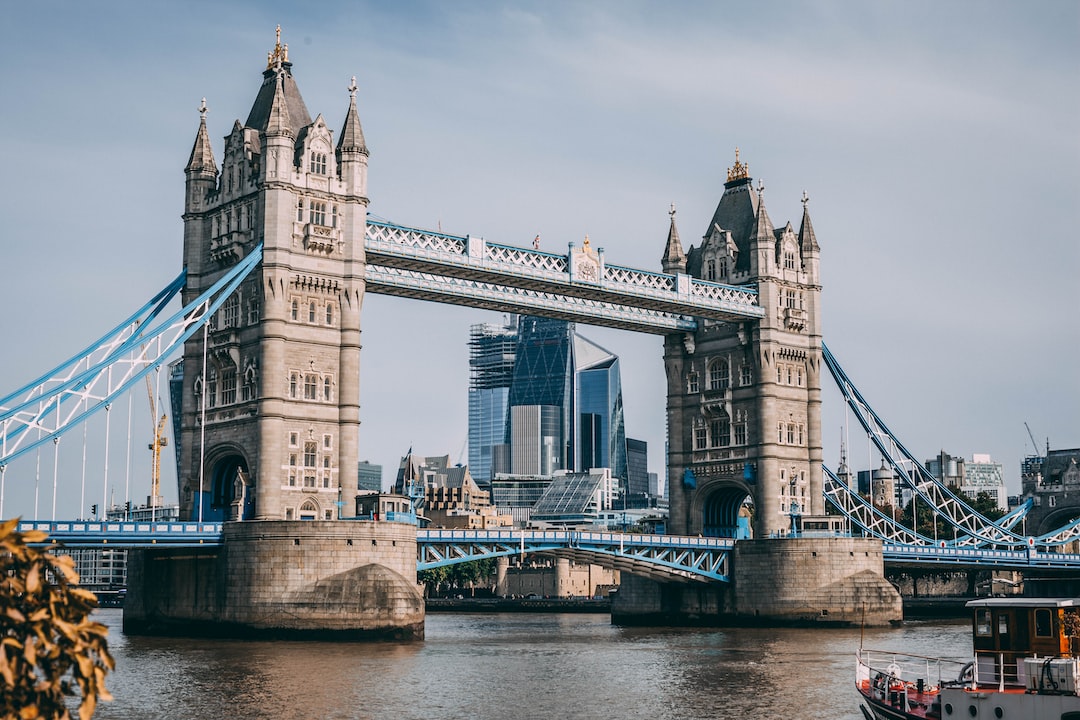What’s the Difference Between JPEG and PDF Documents?
At a glance, you probably can’t tell the difference between JPEG and PDF files. They’re both file formats used for images, but how can you set them apart? We got you covered.
Although these are two common formats, each has different pros and cons. Whichever you use also usually varies based on the type of file you want to save.
So, here’s a look into what they are, their benefits and drawbacks, and what makes them differ. Let’s start.
Table of Contents
What Are JPEG Files?
A JPEG is an image file format that works best when you want to compress digital images. Because of this, its primary feature is reducing image size.
Most photography tips include setting your camera to save images in the JPEG format to optimize storage. It’s also a great way to lower file size without compromising image quality.
What Are PDF Files?
Compared to JPEG files, a PDF can be a document, image, video, or other media file. When you save PDF documents, it keeps the file’s original size but requires specific software to edit.
PDF files are one of the most reliable file formats. It preserves the details of original files, meaning it displays visuals and texts the same as the initial format. Other PDF benefits include file flexibility, quality, and sharing.
PDF vs JPEG: Key Differences
PDF and JPEG files appear similar if you’re looking at them. Most of their differences have something to do with quality and internal aspects, like size and purpose.
The following are a few of those major differences.
Compression Quality
One of the key benefits of the JPEG file format is its image compression ability. It makes it better to display images across platforms, but it also affects the quality. In most cases, the image won’t be as high quality.
If you use the PDF format, your file stays the same unless you compress it. It means a PDF keeps the original quality of your file, making it potentially more high quality than a JPEG.
File Type
JPEGs only work when you save or access an image file, while PDFs can come from different text and media files. So, PDF documents tend to be more flexible in presentation and file saving.
Image Editability
A PDF preserves content as is but makes it impossible to edit unless you have specific software. In most cases, you should convert it to a different format before making changes. You can also edit it in a program through iText7 C#.
JPEGs are single-layer files but can be accessed almost anywhere. While it’s easier to move, editing it may be challenging, depending on what you should do.
File Size
The size of a PDF is based on the original file’s size. Unless you choose to compress it, the sizing stays the same.
As for JPEG, it automatically compresses the image to retain its qualities while consuming less storage space.
Learn the Difference Between JPEG and PDF
There are many file formats out there, but the common types include JPEG and PDF. When you know the difference between JPEG and PDF files, it allows you to maximize their uses.
You can find more guides like this by checking out our blog!









